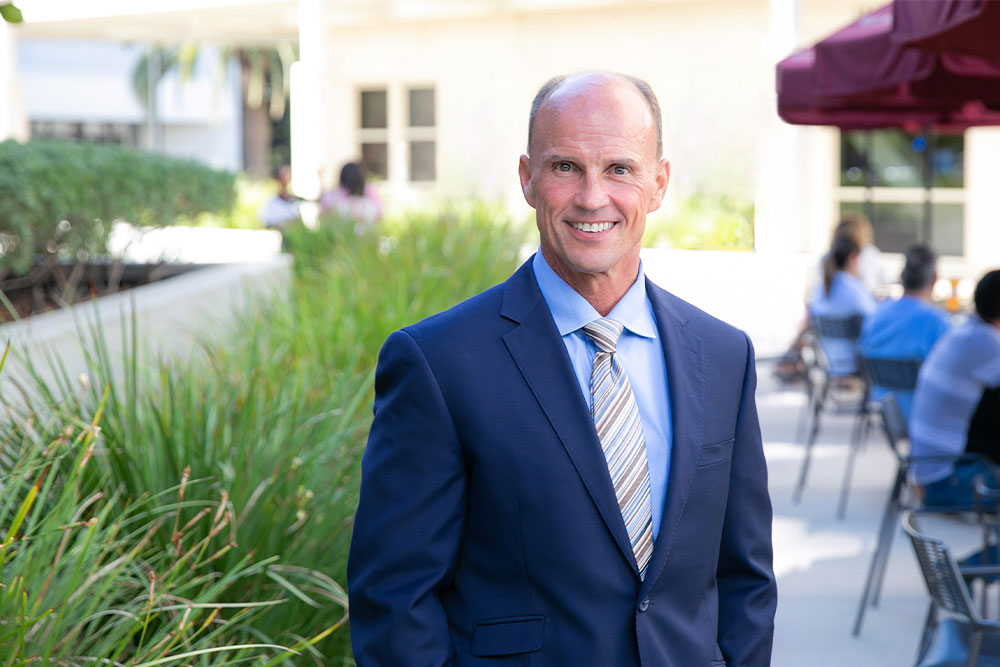
Rod Hanners addresses how Keck Medicine avoided a workforce shortage and burnout post-COVID-19 in an article in HealthCare Financial Management Association
The year 2022 will be remembered as one of the worst financial years on record for healthcare. It will also be recalled as the year when the anticipated workforce shortage moved from being just one of many strategic concerns for health system leaders to becoming their most critical and urgent challenge.
The rapidity with which the intensified workforce crisis was sweeping across the healthcare industry prompted Los Angeles-based Keck Medicine of USC to reconsider its workforce strategy. The health system’s leaders recognized that devoting resources to the well-being and resiliency of the healthcare workforce is essential, not optional. They also came to see that these outlays of resources — time, effort and dollars — should be viewed not as expenses and financial burdens, but as investments that will produce a greater payoff in the future.
The health system focused on three areas to improve ROI: retention, safety and professionalism, and organizational culture and health.
To learn more about Keck Medicine’s successes in these three areas, please read the full story here.
Most important, Keck Medicine’s turnover rates are well under the national averages based on PwC benchmark data, with a hospital turnover rate of 12% (compared with 20.7% nationally) and a staff registered nurse turnover rate of 13.3% (compared with 21.1% nationally).
Rod Hanners, CEO of Keck Medicine
Topics
